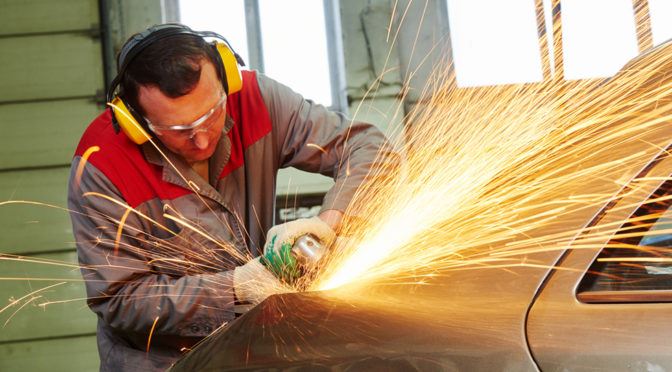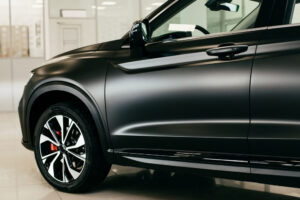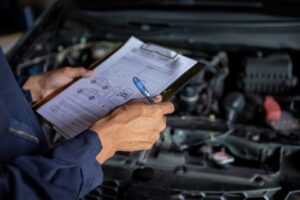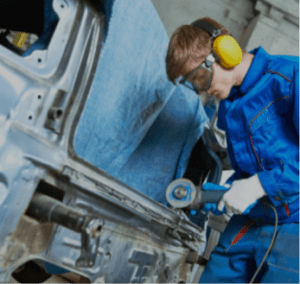In some ways, a car is not different from a house. They are built with a frame that is meant to hold everything together. Having said that, even collisions at moderate speed can potentially cause serious damage to the subframe of the vehicle. In some cases, the damage can be merely aesthetic. However, a more serious accident can cause significant structural issues that can compromise the internal features of your car. If the damage of the vehicle’s subframe (also known as unibody) is left unattended, this could result in long-term issues that might impair your car’s drivability. Continue reading to learn more about unibody repair and the process!
SUBFRAME VS. UNIBODY?
While most older cars feature subframes, newer vehicles have unibodies. The main difference is that subframe structures are modular which means it can be removed when the car is being repaired. Subframes are less common in modern cars. In fact, newer designs are more reliant on unibodies as it became an industry standard starting in the early 2000s. One of the best features of unibody design is that the car frame is one single component. Being unitary, the unibody adds more rigidity to the vehicle compared to multiple sub components. While both subframe and unibody can be repaired, it will require a certain set of tools and skills.
REPAIRS
Whether it’s for dings and dents or major overhaul due to serious damage, unibody repairs can be an involved process due to a car manufacturer’s unique factory specifications. This is crucial to ensure that the original safety and performance engineering of the vehicle is maintained.
The repairs are usually one-of-a-kind, different collision outcomes might dictate different approaches. It’s up to the skilled repair technician to know exactly what to do in order to achieve the best possible results. In some cases, bent areas can straighten out. However, in other cases, it might be easier to get the part replaced or rebuilt, depending on the scope of the damage and on the scale of the post-collision issues. Some parts might even break off. Reattaching parts of the frame, especially when it comes to unibody designs, involves serious factory welding. This is a very special type of welding, which relies on precise heat control.
Ultimately, one of the most challenging processes involves straightening twisted or bent frames. In some cases, a special hydraulic tool is needed, as it takes an enormous amount of force/pressure in order to straighten out the part. Keep in mind impacts causing similar ruptures to the vehicle’s frame by putting a lot of pressure on the car. It’s necessary to match such pressure in order to restore the original shape of the vehicle and straighten the frame. While most mechanics might be unable to provide such repairs, specialized auto body collision shops will be able to assist.




